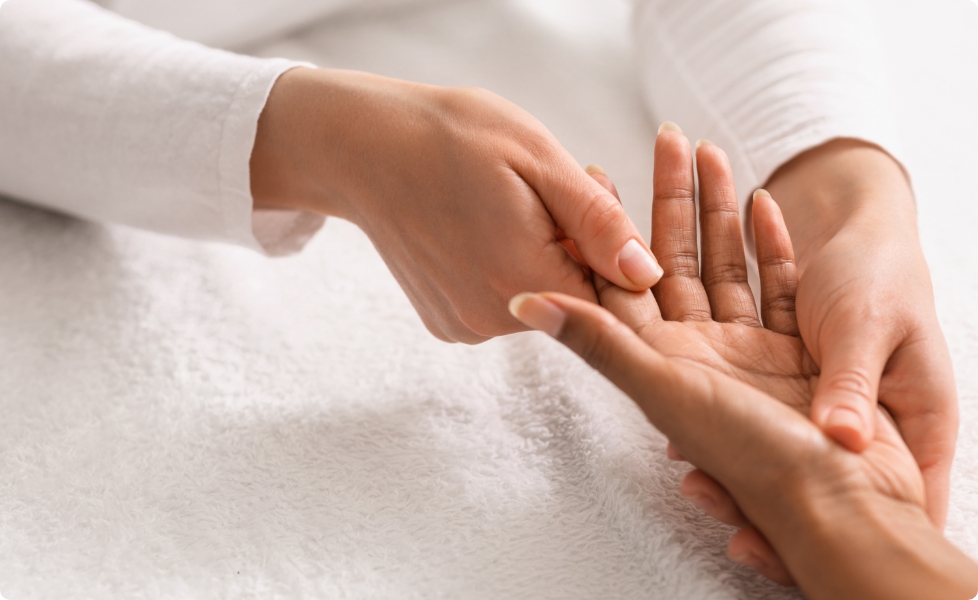
Hand therapy
The fundamentals of hand therapy
Human hands are marvelous lifelines. They give us the ability to interact with the world, communicating ideas, showing affection and so much more.
You might never take the time to examine all the different working parts that go into the hand and how it functions—until pain or injury makes even those small movements uncomfortable, excruciating or simply out of reach.
Because hands are so vital to our everyday lives, many physiotherapists and occupational therapists have dedicated their practices to this one part of the body. They offer hand therapy for a wide range of injuries and conditions, helping clients of all ages and backgrounds regain the ability to grab (and hold) onto life once more.
The human hand is a complex structure made up of 27 small bones, over 30 muscles, along with joints, ligaments, tendons, nerve fibres, blood vessels and connective tissues. That’s a lot of working parts for such a small area, especially one that’s only protected by a thin layer of skin. The complex structure of the hand gives us a great range of motion and accuracy, but also brings a lot of vulnerability.
Each finger has three joints, two of which move only one way (bending and straightening). The thumb also has three joints, one of which has enhanced motion capability. The carpometacarpal joint (thumb or carpometacarpal joint), can rotate as well as flex and extend. The thumb, in conjunction with the radiocarpal joint (wrist joint), function together, allowing us to flex and extend the whole hand.




